Astronomers have discovered a supermassive black hole in the infant universe that appears to be growing at a rate far beyond what was believed to be physically possible. Observations using NASA’s Chandra X-ray Observatory have revealed this monster gaining mass at about 2.4 times the theoretical Eddington limit, challenging long-standing ideas about black hole growth.
Key Facts
- The object is a quasar named RACS J0320-35, seen as it was just 920 million years after the Big Bang—about 12.8 billion light-years away from Earth.
- It has a mass roughly one billion times that of the Sun, putting it among the heaviest black holes known so early in cosmic history.
- By examining X-ray, optical, and infrared data, researchers estimate it’s adding between 300 and 3,000 solar masses per year—an astonishing growth rate.
What Is the Eddington Limit?
The Eddington limit is a theoretical maximum growth rate for black holes. It arises because as matter falls into a black hole and heats up, that material emits radiation. Radiation pressure pushes outward, opposing gravity pulling inward. Once the radiation pressure balances out gravitational attraction, additional infalling matter tends to be pushed away rather than accreted, limiting how fast the black hole can grow.
Why This Black Hole Is Breaking the Rules
- RACS J0320-35 doesn’t seem to follow that limit: the evidence suggests the black hole is in a “super-Eddington” growth state, meaning it’s devouring matter more quickly than that radiation-pressure cap would traditionally allow.
- The detection of especially strong X-ray emission (with a relatively “soft” X-ray spectrum), coupled with its optical and infrared signatures, lines up with models of super-Eddington accretion.
- Additionally, the quasar exhibits powerful relativistic jets—streams of particles being blasted away very close to the speed of light—which are uncommon in many quasars at similarly early epochs. That may imply a link between fast growth and jet formation.
Implications for Black Hole Formation Theories
- One major question this raises: how did black holes reach such large masses so soon after the universe’s beginning? Traditional formation models often assume massive “seed” black holes (from the collapse of giant early stars, or other exotic processes) or very efficient accretion over long periods. But super-Eddington growth could offer a mechanism to reach huge mass sooner even from smaller seeds.
- If RACS J0320-35 and similar black holes do sustain super-Eddington accretion, it suggests that the early universe may have had more of these fast-growing giants than previously thought.
- Also, the existence of powerful jets in this particular quasar may hint that such jets are more likely (or more common) when growth rates are extreme.
What To Watch Going Forward
- Follow-up observations will be vital: especially at different wavelengths, and from space telescopes that can probe infrared and X-ray domains more deeply. These will help verify how sustained the super-Eddington growth is, and whether there are fluctuations.
- Theoretical models will need updates: how radiation, accretion disk geometry, gas inflow, and feedback (radiation pushing material away) interact under super-Eddington conditions is not well understood.
- Broader surveys of early quasars may discover more cases like this, helping build a statistical sample to test whether RACS J0320-35 is unusual or representative.
Bottom Line
RACS J0320-35 is pushing the boundaries of what we thought possible for black hole growth. Growing at more than twice the theoretical limit so early in the cosmos, it forces scientists to rethink assumptions about how black hole seeds form, how fast they can build up mass, and what mechanisms might allow them to do so without being throttled by their own radiation.

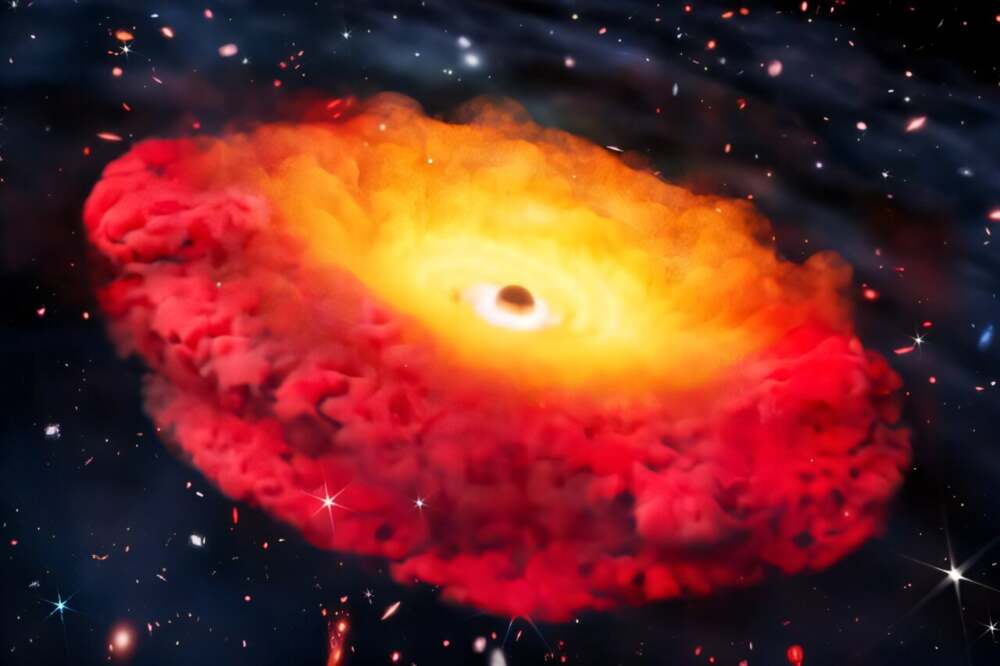

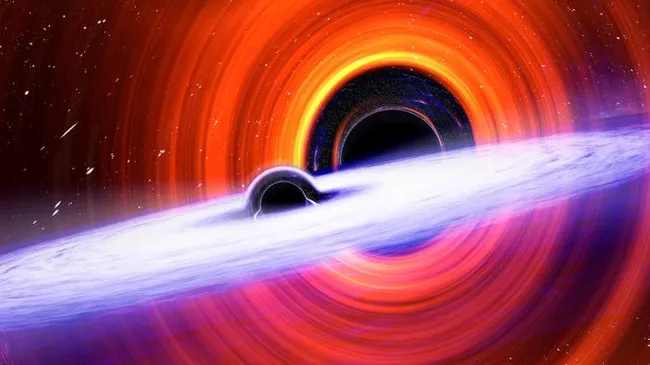
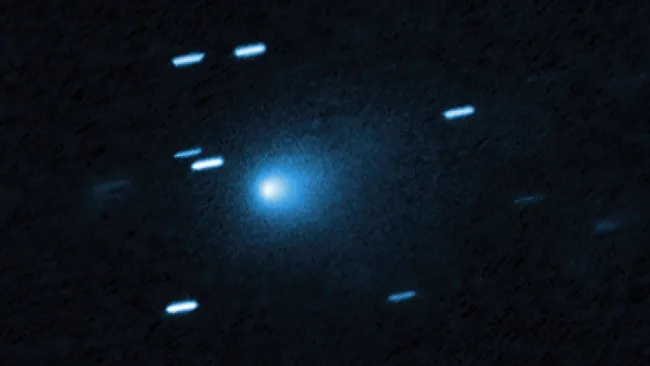

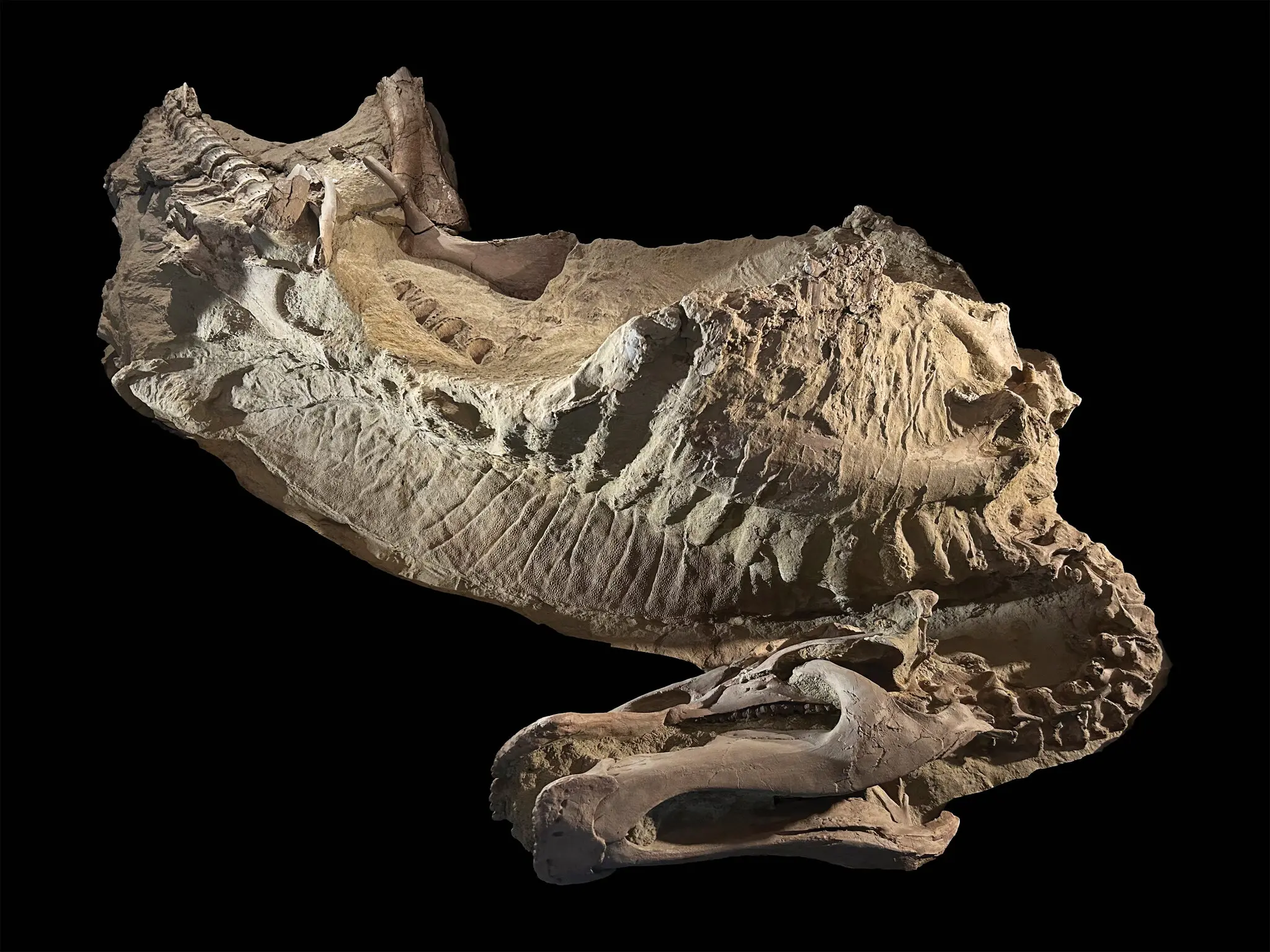


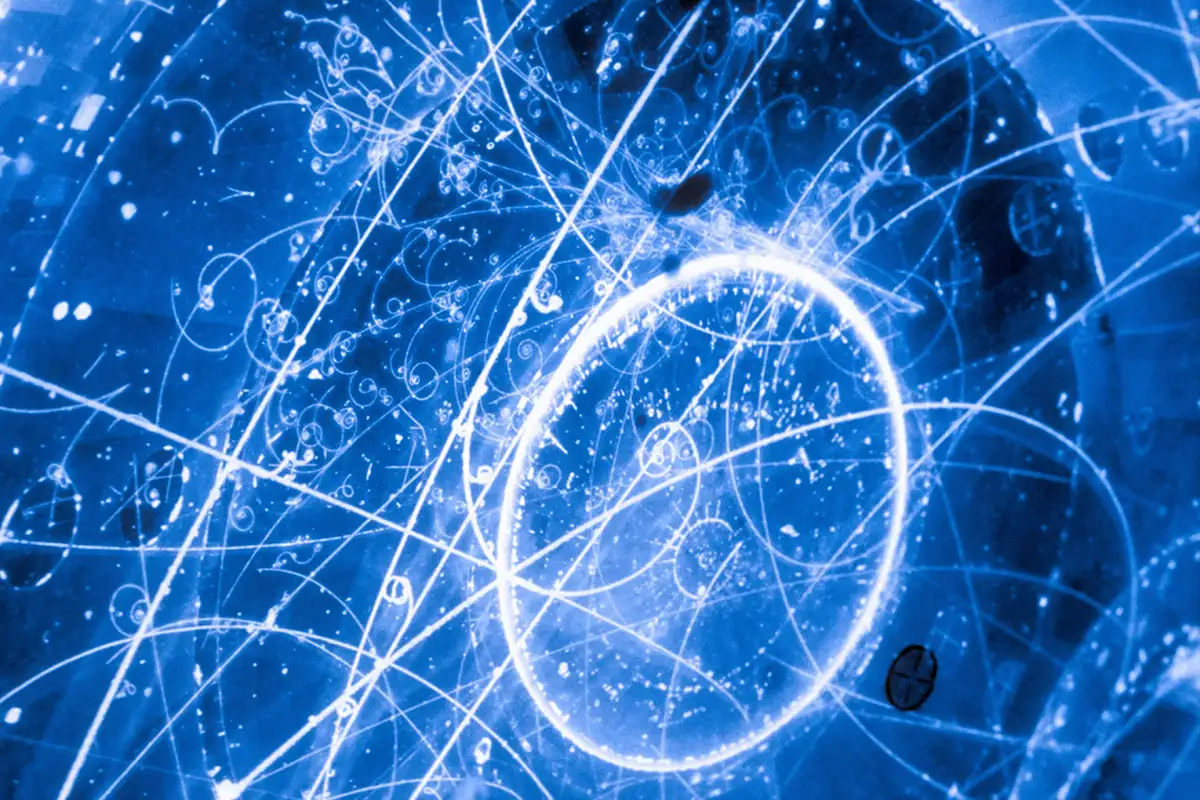
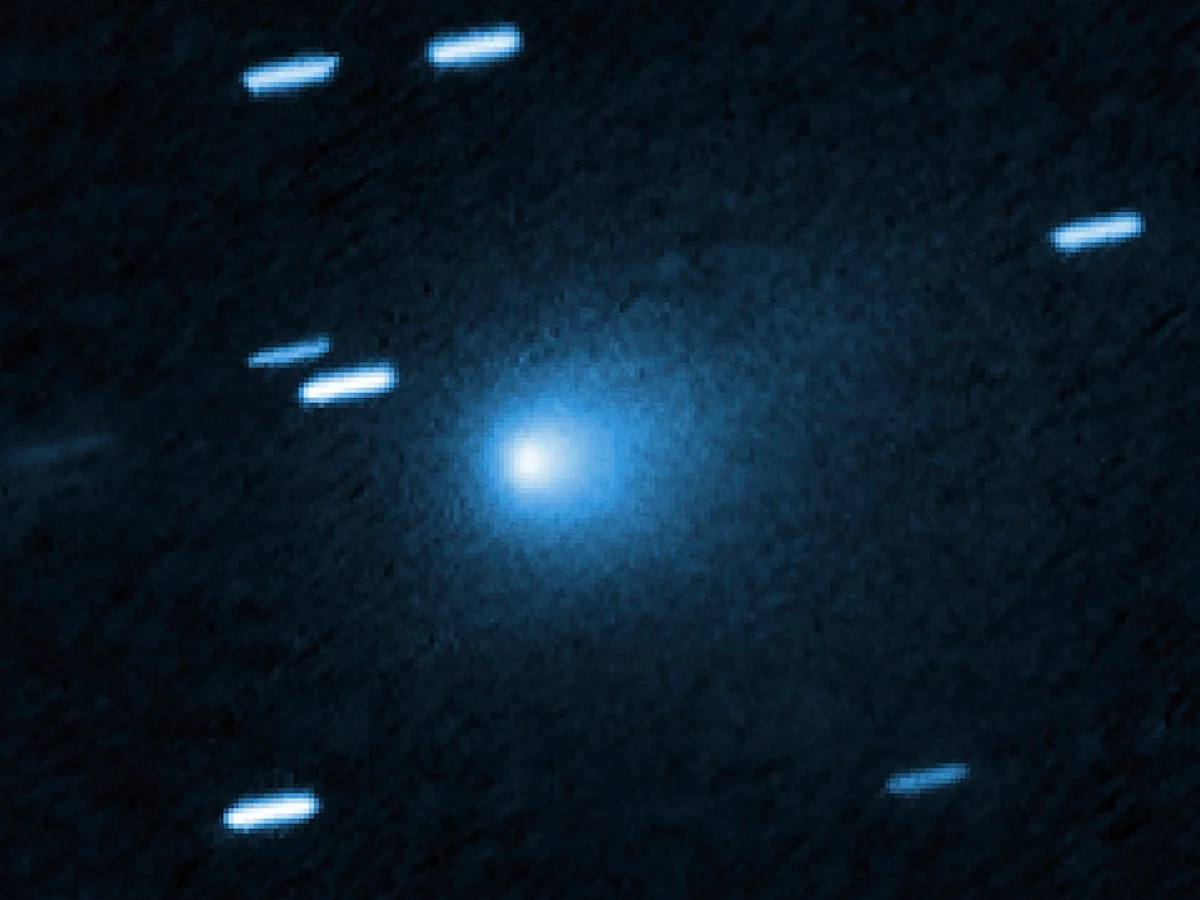





Leave a Reply